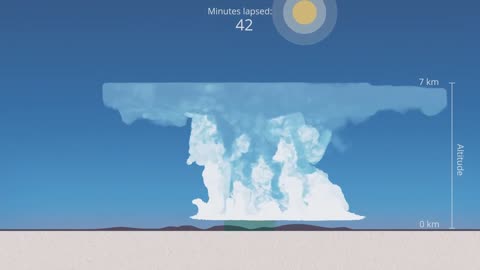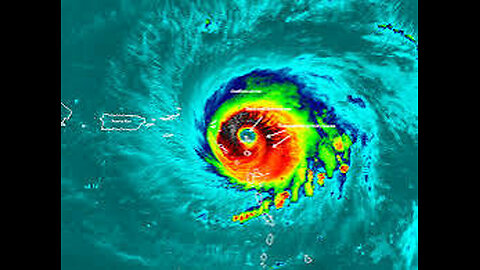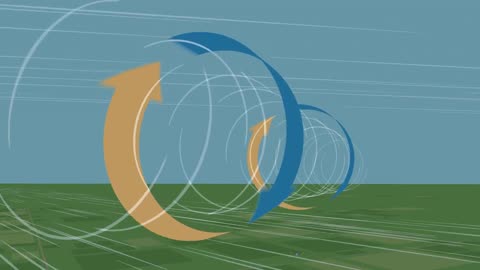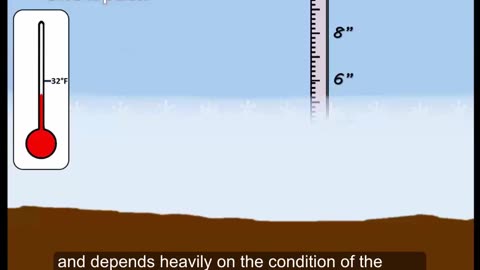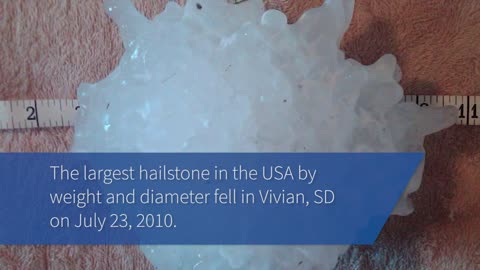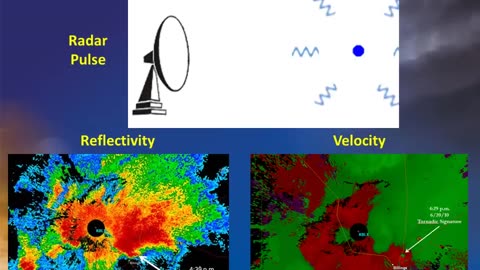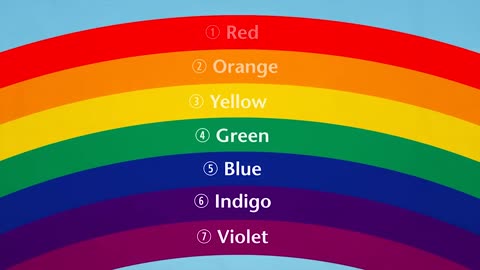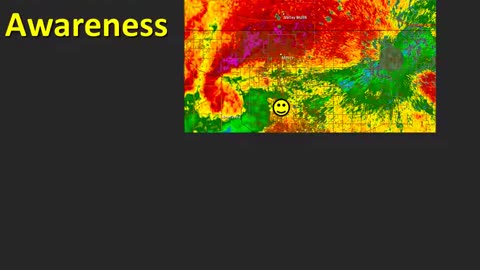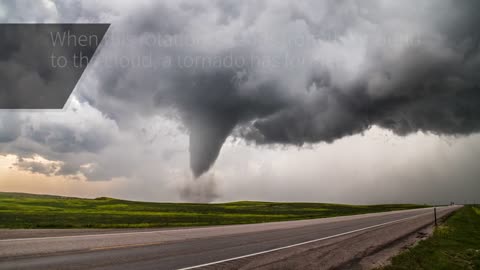Premium Only Content
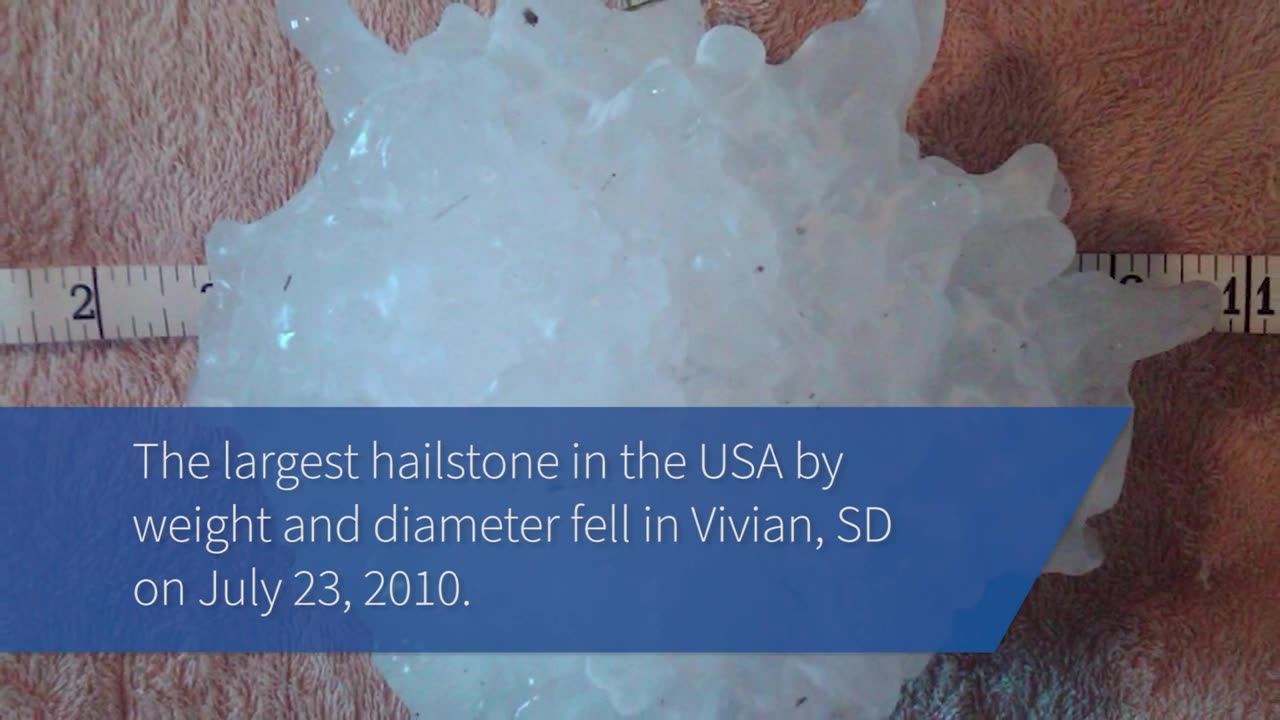
Simulation of an isolated Thunderstorm - Cumulonimbus
RHow Do Hurricanes Form? Meteorology - Weather Basics
What Causes a Tornado? - Meteorological Basics
NOAA: 'The Hurricane Hunters'
What is the Enhanced Fujita Tornado Scale - Weather Basics - Meteorology
What is a Blizzard? Weather Basics - Meteorology
The Science of Hail - Meteorology - Weather Basics
Doppler Weather Radar Basics - Weather Basics - Meteorology
How Do Rainbows Form? - Weather Basics
Thunderstorm Types - Meteorology - Weather
How Does Rain Form? What is the Water Cycle?
Hurricanes - Weather Basics - Meteorology 101
The Science Behind Lightning - Meteorology
How does snow form? - Meteorology
Storm Spotting: Storm Motion and Positioning- Meteorology
The Science Behind Tornadoes - Meteorology
A Tutorial on Cloud Types - Weather 101 - Meteorology
The Science of Hail - Meteorology - Weather Basics
Chunks of ice that fall from the sky can cause serious damage to property, and injuries to people and animals. But how does hail form?
Hail is a form of solid precipitation.[1] It is distinct from ice pellets (American English "sleet"), though the two are often confused.[2] It consists of balls or irregular lumps of ice, each of which is called a hailstone.[3] Ice pellets generally fall in cold weather, while hail growth is greatly inhibited during low surface temperatures.
Estimating Hail Size
Hail size is often estimated by comparing it to a known object. Most hailstorms are made up of a mix of different sizes, and only the very largest hail stones pose serious risk to people caught in the open. When reporting hail, estimates comparing the hail to a known object with definite size are good, but measurements using a ruler, calipers, or a tape measure are best.
Pea = 1/4 inch diameter
Mothball = 1/2 inch diameter
Penny = 3/4 inch diameter
Nickel = 7/8 inch
Quarter = 1 inch — hail quarter size or larger is considered severe
Ping-Pong Ball = 1 1/2 inch
Golf Ball = 1 3/4 inches
Tennis Ball = 2 1/2 inches
Baseball = 2 3/4 inches
Tea cup = 3 inches
Softball = 4 inches
Grapefruit = 4 1/2 inches
More More Meteorology Videos
https://rumble.com/playlists/JfAj918PQuc
-
 2:03
2:03
Earth Wind and Fire
3 days agoUnbelievable footage from NOAA’s Hurricane Hunters inside the eye of Hurricane Erin
9.13K -
 5:28
5:28
Zach Humphries
11 hours ago $0.33 earnedNEAR PROTCOL AND STELLAR TEAM UP!
5.03K1 -
 1:09:57
1:09:57
Brandon Gentile
1 day ago10,000 Hour BITCOIN Expert Reveals Why $13.5M Is Just The Start
11.7K -
 2:03:55
2:03:55
Badlands Media
5 hours agoDevolution Power Hour Ep. 382: DOJ Coverups, Clapper’s Team Sport & Trump’s Countermoves
121K18 -
 2:06:30
2:06:30
Inverted World Live
9 hours agoDon't Approach the Zombie Rabbits | Ep. 95
46.7K23 -
 3:26:45
3:26:45
Drew Hernandez
5 hours agoISRAEL PLANNING POSSIBLE DRAFT IN USA & TRUMP'S VIEW ON ETERNAL LIFE ANALYZED PT 2
36.7K25 -
 3:08:07
3:08:07
TimcastIRL
8 hours agoTexas Republicans Win, House Passes Redistricting Map, GOP Looks To Gain 5 Seats | Timcast IRL
184K75 -
 1:30:34
1:30:34
FreshandFit
8 hours agoHow To Stay Focused While Pursuing Women...The Good, The Bad, And The Ugly
60.8K38 -
 1:47:05
1:47:05
Drew Hernandez
12 hours agoISRAEL PLANNING POSSIBLE DRAFT IN USA & TRUMP'S VIEW ON ETERNAL LIFE ANALYZED PT 1
44K61 -
 29:55
29:55
Afshin Rattansi's Going Underground
3 days agoProf. Omer Bartov: The REAL REASON the US, UK, and EU Have Not Recognised Israel’s Genocide in Gaza
41.3K29
